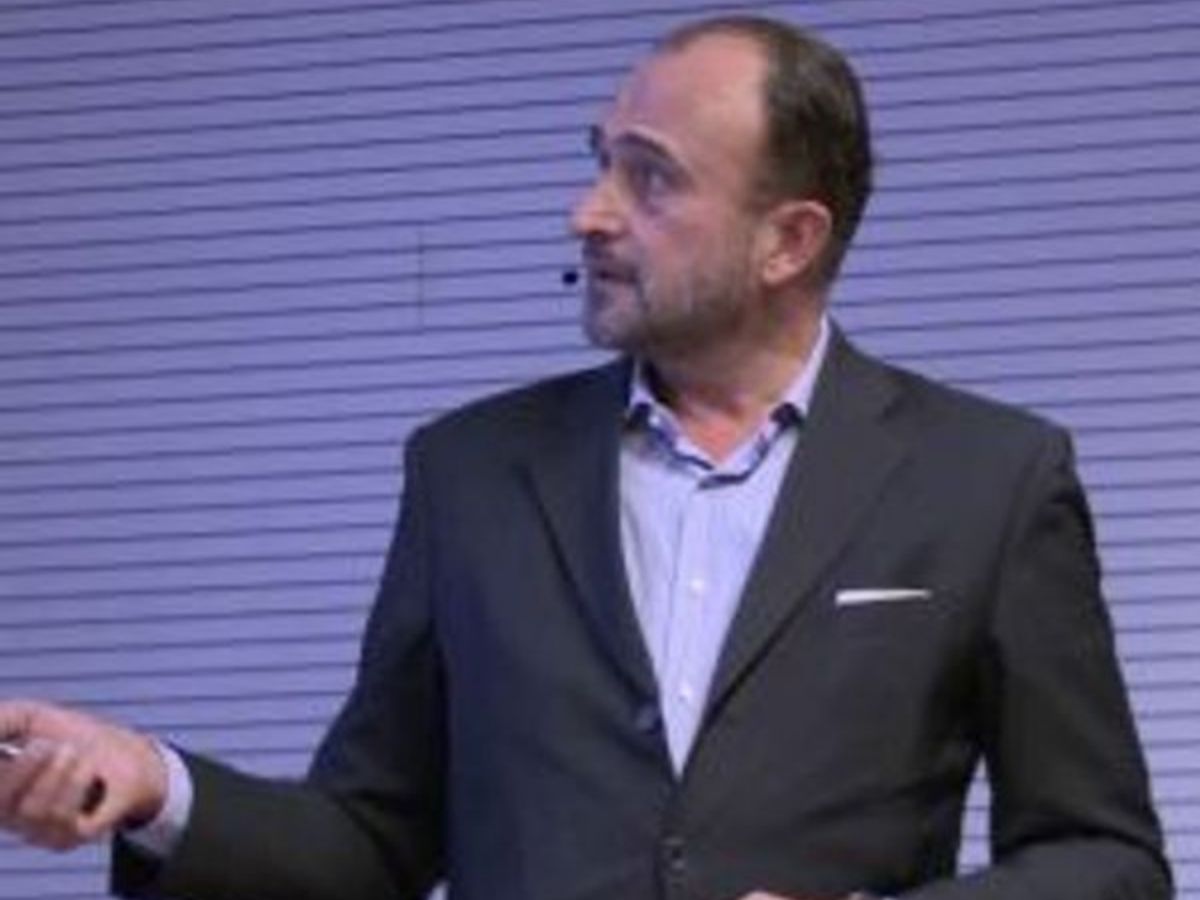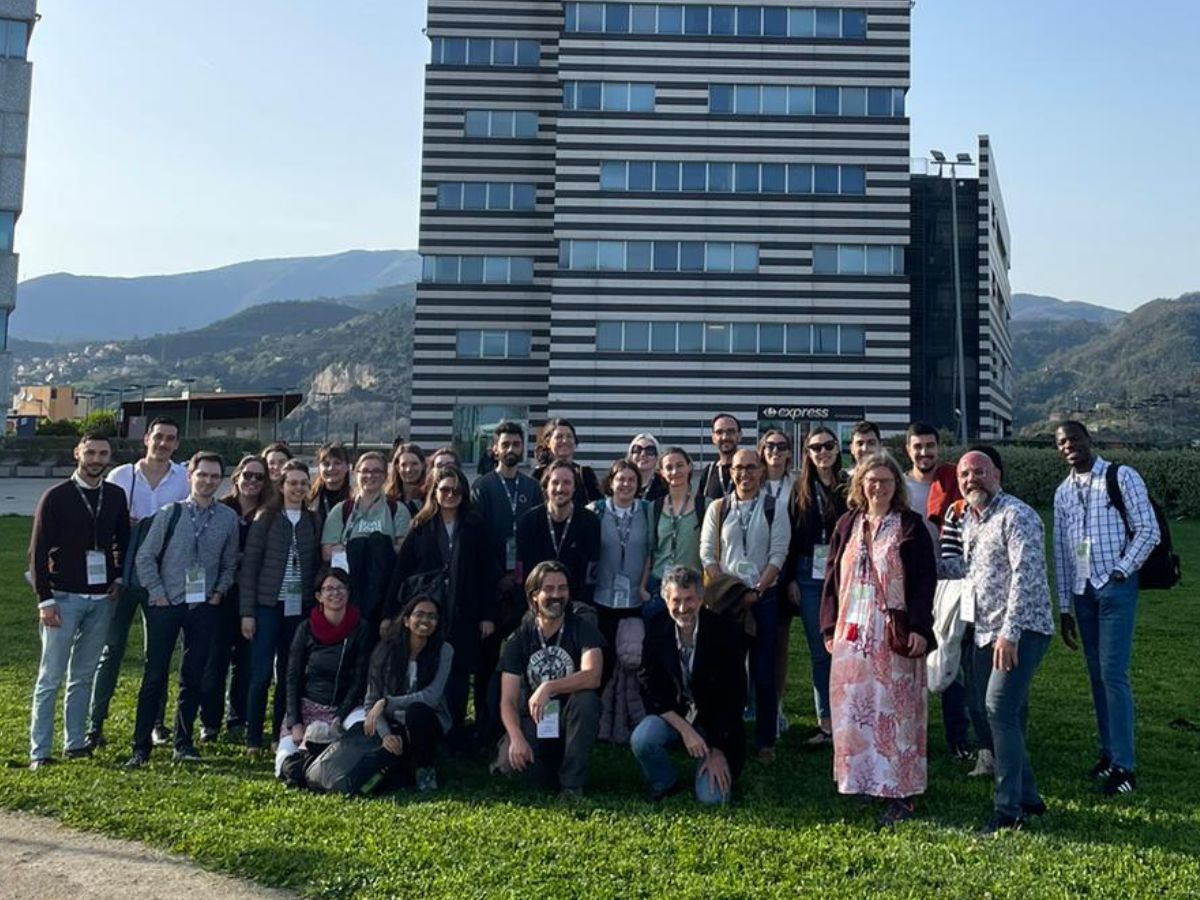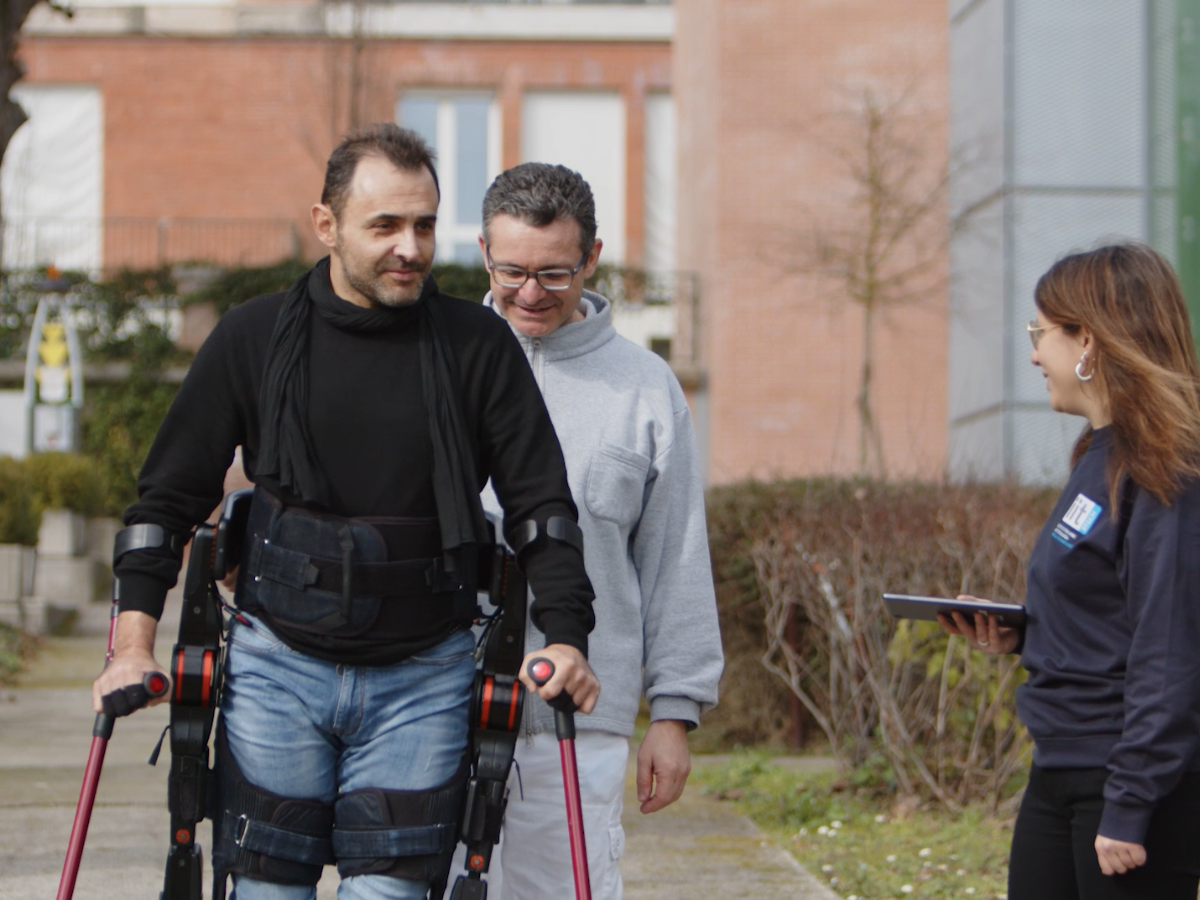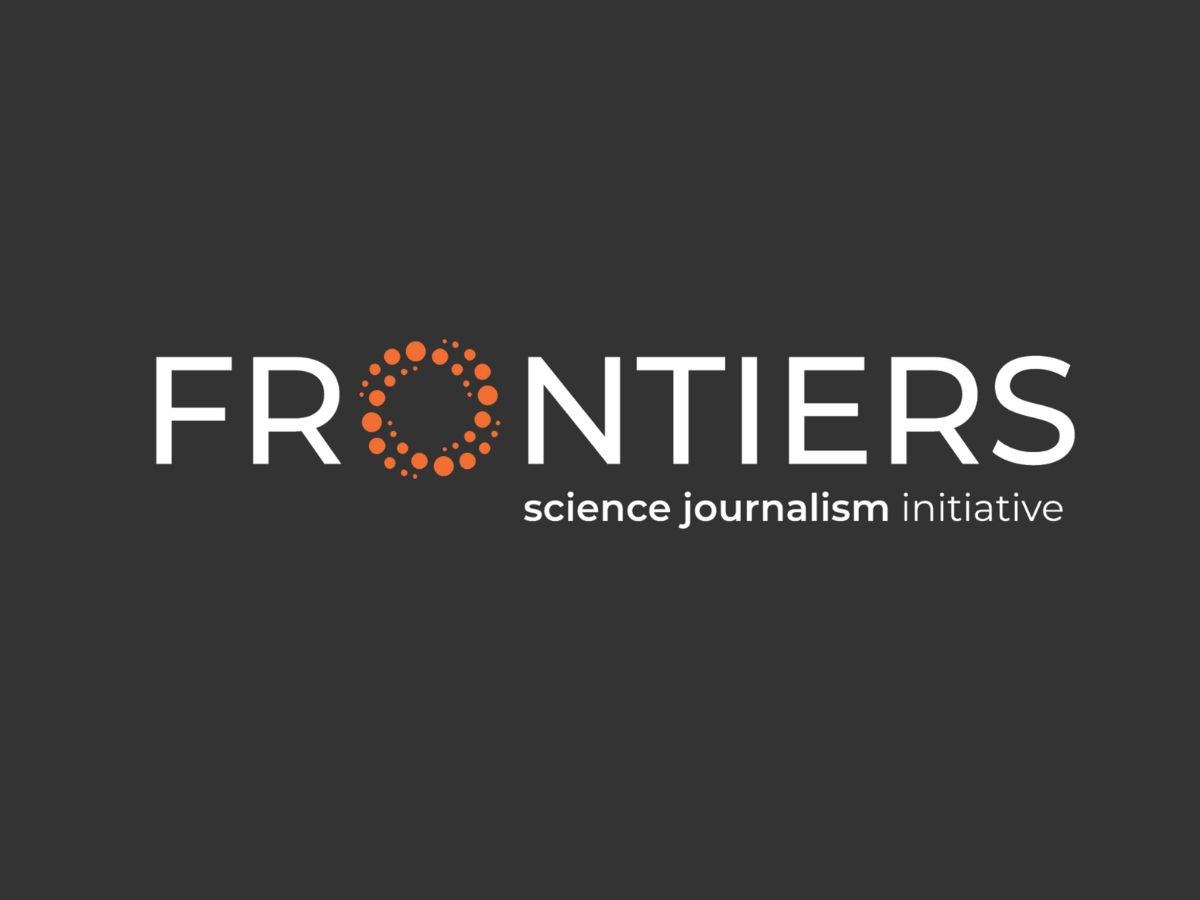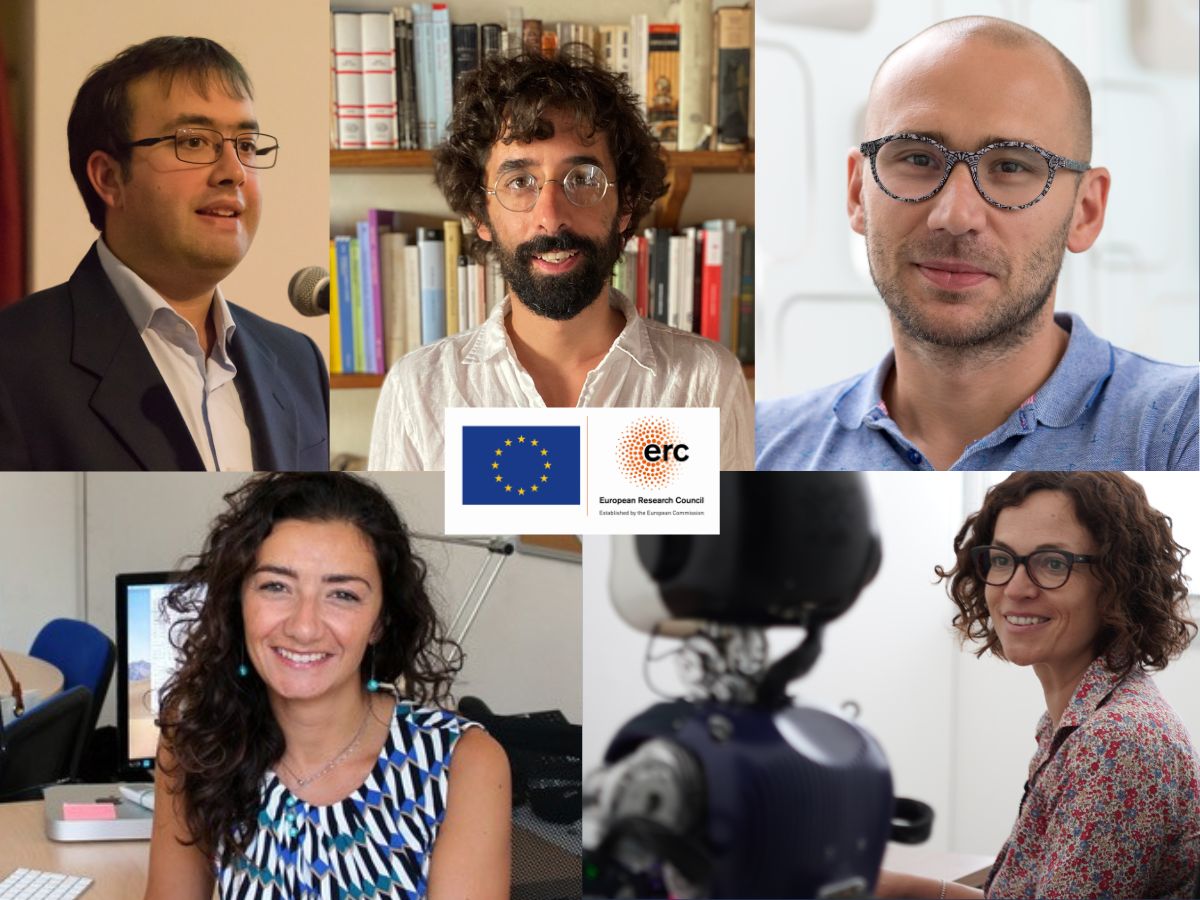Interview with Luciano Fadiga, coordinator of IIT’s Translational Neurophysiology Centre in Ferrara.
Luciano, one day IIT made its appearance in Ferrara amongst its red-brick towers…In fact, even before I started working at this Centre, we were already conducting a scientific project with IIT’s Department of Brain Science Robotics, directed by Giulio Sandini, with whom I have been friends for many years. This collaboration gave rise to the current centre dedicated to translational neurophysiology, where IIT’s mission comes to the fore: work on research, including basic research, but with a constant attention to possible applications. So we are thinking, in general terms, of humans, with possible applications in the area of treatments for diseases. We are working on two fronts. Firstly, we are studying how different parts of the brain communicate with each other in normal and pathological conditions, starting from the discovery of mirror neurons, which emerged from my studies at Parma University. The second area concerns the technological side, developing modern interfaces using innovative technology such as organic electronics, an activity supervised by Fabio Biscarini. This type of technology is currently being used to record the reactions of neurosurgical patients. In the future, these studies may also make it possible to implant recording systems on a permanent basis. The objective for these efforts is to ‘read the brain’.The relationship between the IIT and the University is, as in other cases, based on maximum cooperation. Can you confirm this?Yes, I can say that this is true, because in fact I am a university professor, albeit on a temporary basis, so that I can work with IIT. In Ferrara we have a seamless collaboration with the university. At our centre there are operational and study areas organised by the university, while certain sectors are managed by IIT, and others are run together. The university hosts us in its premises and provides us with administrative services. With the university we have developed a doctorate course in translational neuroscience and neurotechnology involving all the university’s ‘neuro’ components, so not just neurophysiologists, but also neurologists, psychiatrists, rehabilitation specialists and science philosophers, together with the so-called ‘hard sciences’: mathematics and computer science. IIT is offering three scholarships for this course, and likewise the University of Ferrara.Which is the project closest to your heart?I will answer by starting with a consideration. A lot of work is performed on the subject of the interface between brain and machine, at all levels. If we continue to discuss this theme without producing important results, perhaps it is because we are devoting our thoughts and resources to solutions of limited utility. Take the example of a person immobilised in a bed. Are we sure that having a robotic arm that could give him/her a drink is a fundamental need? I think it would be much more practical if this person could communicate by asking someone to bring him/her a drink, or whatever else he or she needs. We have to be able to express ourselves as human beings, and this means passions, sentiments, creativity. If this person with a severe motor disability wanted to write a poem or a letter, the robotic arm would not be able to help. Therefore we are working on solutions so that one day it will be possible to install sensors onto the brains of patients who are unable to move, for example those suffering from locked-in syndrome, people who are perfectly conscious but cannot move a single muscle. Our research is aimed at understanding the messages arriving from these people’s brains. Our work, which includes a collaboration with the neurosurgical department at Udine Hospital, is producing some interesting ideas. We have recently published a study that demonstrates what happens when a human begins to communicate with words. We are currently working on phonological aspects. We are not considering the encoding of words: rather, we are working on syllables.The misunderstanding of these studies, often deliberate, is frequently reported as an attempt to put man at the mercy of machines. What are your thoughts?I think that these are obscurantist and outdated ideas. Instead, we should continue to study humans and their reactions in order to try to develop options that improve the quality of life or enable people with serious problems to live with their illnesses in a sufficiently serene manner. With financial support from our Scientific Director, we have announced a post-doc position to recruit a young person who, using modern techniques, machine learning, etc., could describe the way in which an artist can evoke a cerebral representation in a person viewing a work of art. The question is: why is a flower painted by Monet more evocative than a photograph of a flower? Because some individuals, unconsciously in most cases, are capable of touching the right chords in the brain and creating reactions. This research has enormous implications in terms of applications. Studies in this field are few and far between and we have already worked on something similar in the past in the area of music. With Maestro Muti, we studied the exchanges of representations between conductors and their orchestras.The work performed by yourself and your researchers is moving into unexplored terrain that could produce great benefits for mankind. In view of all this, how do you explain the hostility towards science that appeared during the anti-Covid vaccination campaign?This is a phenomenon that we have already experienced. After the war, Reich wrote ‘The Mass Psychology of Fascism’. The scholar wondered how the notorious dictators of the time managed to influence so many people and then give rise to terrible crimes. Well, today, leaving aside the non-scientific and denialist positions, I am alarmed by the violence of these reactions. It seems to me that beyond the issue of support or rejection of vaccination, there is a desire to exploit discontent in order to control groups of people for purposes that are certainly not those declared today.Returning to your scientific activity with IIT, what could be improved in this relationship?I would prefer less bureaucracy, whose effects include making it difficult to bring researchers into our staff. While I can understand some of the reasons for certain rules, there should be a degree of flexibility in their interpretation. We need to find a way of reconciling the saturation that is occurring at IIT with the possibility of retaining the best researchers and encouraging their personal development. One of the founding principles of IIT was “people who work well should stay”, and we have to perpetuate this.What did you take away from the six-day scientific event in Morego?I had the feeling of being part of a remarkable environment. There is nothing like it in our country. Asking all the researchers to talk about their work, with attention from all their colleagues, was a great idea on Giorgio’s part. We realised that we are a large family with extraordinary children. In my opinion, we have to support the community spirit and work in a cross-cutting way to ensure that the various scientific components work in even closer cooperation.

